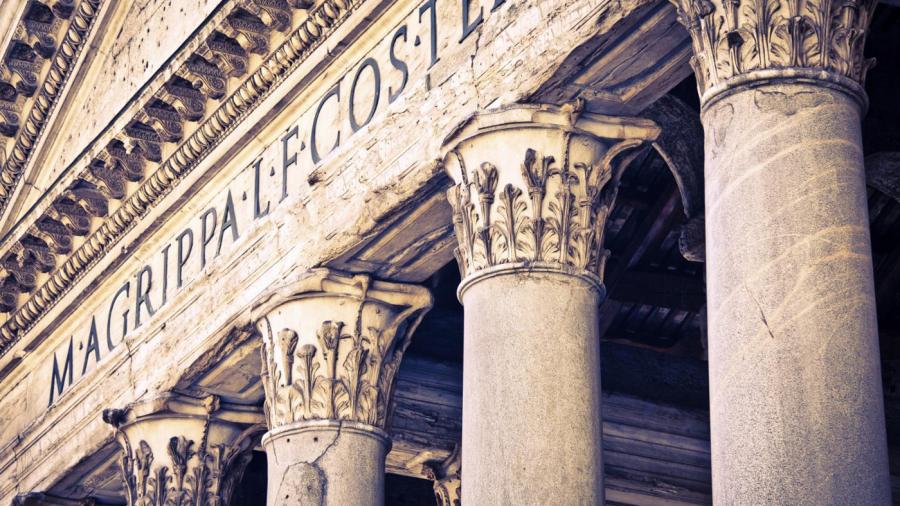What Are the Characteristics of Roman Architecture?

Some of the most important characteristics of Roman architecture include arches, columns and the use of marble and limestone. Roman architects were heavily influenced by early Greek architects, particularly in their use of Doric, Corinthian and Ionic columns.
Roman architects used columns to give buildings a traditional look. The portico of the Pantheon, for example, had 16 columns. Architects continued to use columns even when they were not needed to preserve a building’s structural integrity.
Arches were used to create taller and wider structures. Roman architects also used interior arches to support the weight of heavy structures. The Colosseum had dozens of arches, making it a symbol of pride for Romans.
Many Roman buildings were made with marble or limestone. Marble was one of the finest materials available at the time. In some cases, marble dust was mixed with gypsum, sand and other materials. Limestone was used as a substitute for marble because it was strong and could be carved easily.





